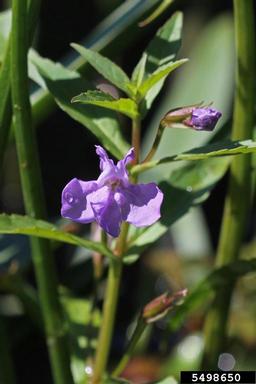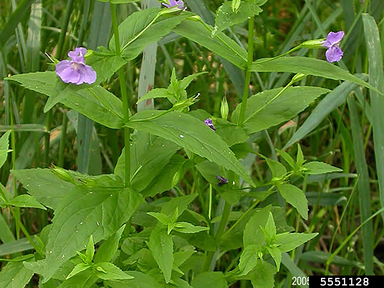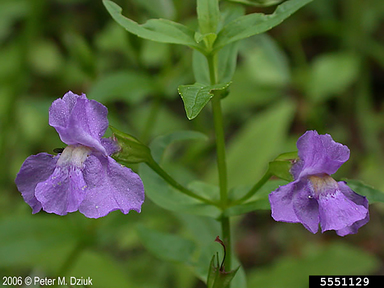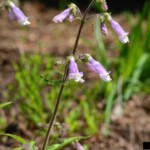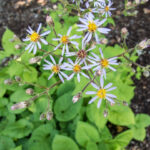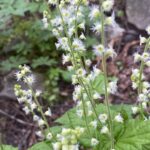Description
Monkey Flower, Mimulus ringens
DEEPOT – 2.75″ x 10″
Light: Full Sun, Part Shade
Moisture: Wet, Moist
Soil: Rich, Loamy
Height: 1–3 feet
Bloom Season: July, August, September
Bloom Color: Purple/Lilac
Benefits: Butterflies, Bumblebees
Deer Resistance: Tolerates
Notes:
Monkey flowers feature lilac to purple snapdragon-like blossoms that are 1 ½ inches long, appearing on 2-inch-long slender stems that grow in pairs from the plant’s leaf axils. Each blossom has an upper petal with two lobes, a lower petal with three lobes, and is often spotted and multicolored—the overall appearance of which resembles a monkey’s face. The blooming season is long, lasting much of the summer.
This plant has square, erect, sometimes branching stems. The leaves are opposite, 2 to 4 inches long, oblong to lanceolate in shape with fine widely spaced teeth. The fruit is a dry capsule, oblong in shape, each containing from 500 to 1000 seeds.
Bumblebees visit the flowers for nectar, being one of the few insects that are strong enough to force their way into the partially closed throat of the corolla. The larvae of moths and butterflies feed on the foliage. Monkey Flower is the larval host to the Baltimore Checkerspot Euphydryas phaeton and the Common Buckeye Junonia coenia.
Monkey flowers prefer moist to wet soil. They are well-suited to water gardens, wet meadows, pond or stream banks, or low woods. They are lovely in mass plantings or flower borders—as long as the soil is kept moist. A layer of mulch helps prevent moisture evaporation. Deadhead faded blossoms to encourage additional flowers. This plant may spread by both self-seeding and creeping rhizomes.
Photo credits:
1 Rob Routledge, Sault College, Bugwood.org
2 & 3 Peter Dziuk, Minnesota Department of Agriculture, Bugwood.org

